

Nedan följer presentationer av föreläsarna och paneldeltagare vid konferensen DNA berättar människans och släktens historia.
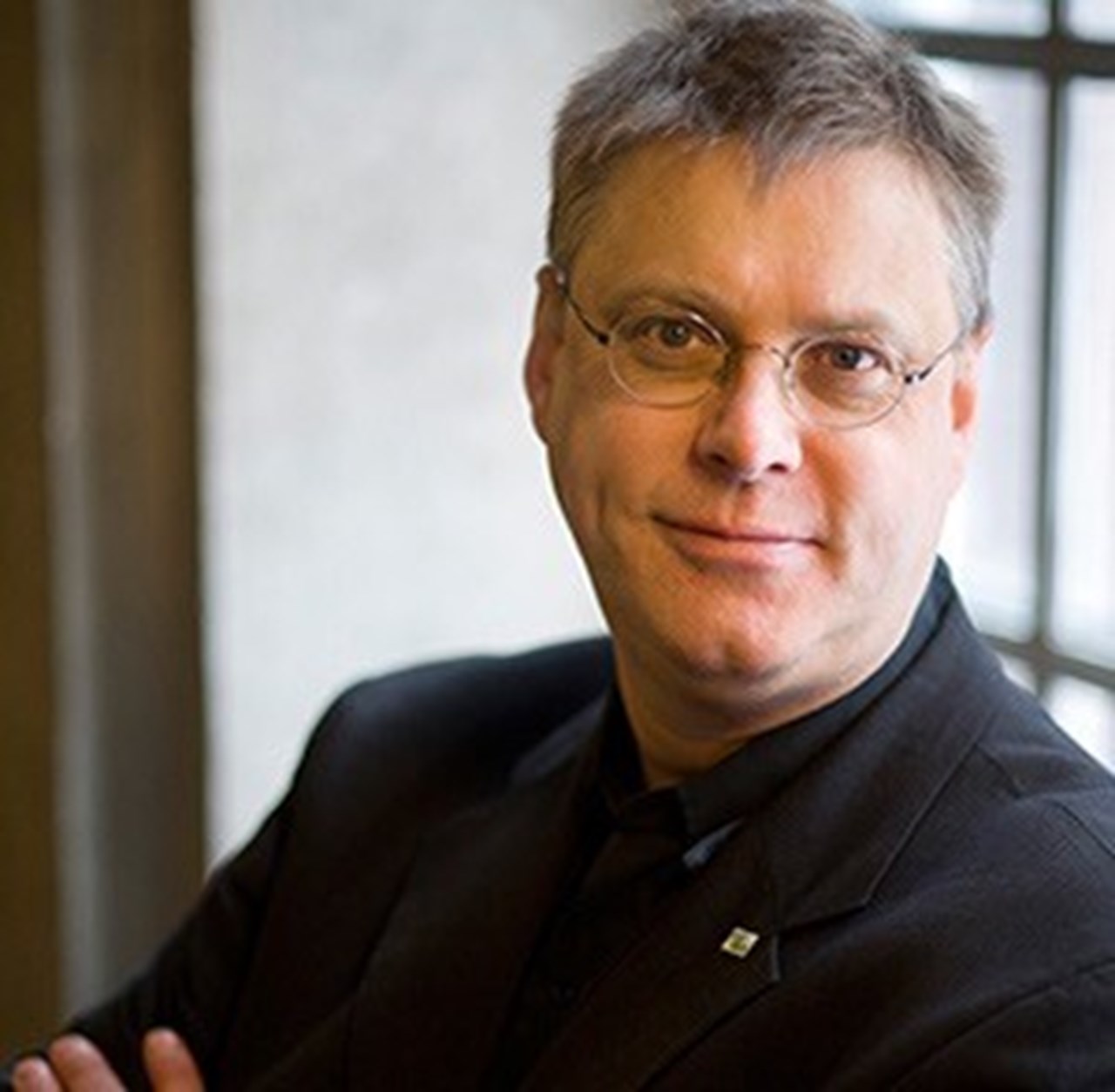
Bild
Fastighetsdirektör inom Statens fastighetsverk, Stockholm
Curriculum vitae
Jan Olov Westerberg fastighetsdirektör inom Statens fastighetsverk men har en lång karriär inom natur- och kulturmiljövården bakom sig. Mellan 1991 och 2008 var Westerberg ansvarig för miljöfrågor, samhällsbyggnad, naturresurshantering, krishantering mm inom Länsstyrelsen i Norrbottens län.
År 2008 utnämndes Westerberg av regeringen till Överintendent och myndighetschef vid Naturhistoriska riksmuseet, Nordens största museum med en omfattande forskningsverksamhet inom bl. a paleogenetik och äldre DNA. Westerberg är aktiv i IUCN, Internationella Naturvårdsunionen, där han är ledamot i Council samt ordförande i IUCNs policy- och programkommitté.
Han är sedan 2017 ledamot i Skytteanska samfundet.
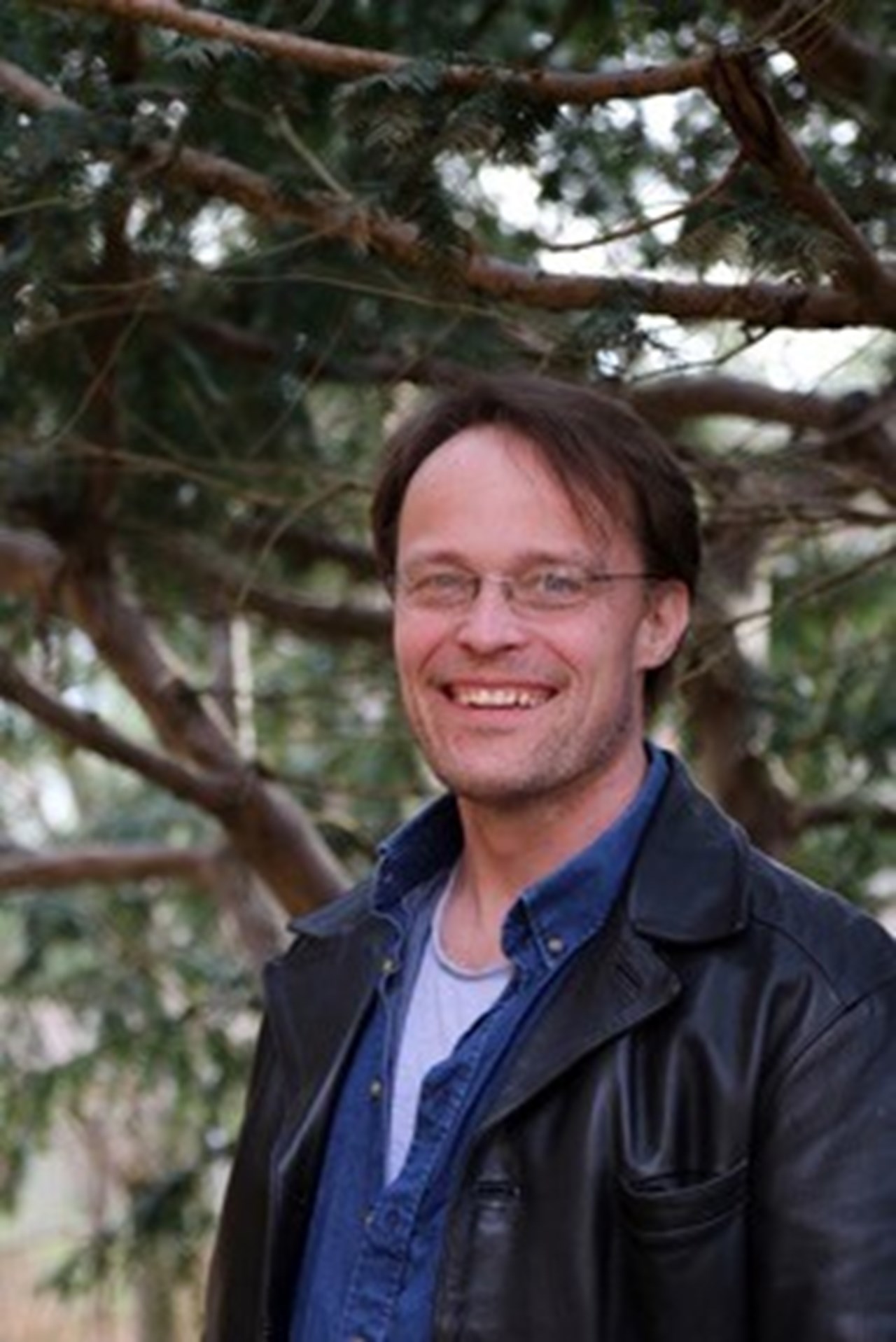
Bild
Professor of Molecular Archaeology, The Archaeological Research Laboratory, Stockholm University
Demographic events i the latter prehistoric Scandinavia: Iron age mobility
Abstract
Since 2012 archaeogenetics has expanded within archaeology, and has acquired a prominent position. Especially in prehistoric demography. However, most of the attention have so far been on the older periods, the Mesolithic’s, the Neolithic’s, and the Bronze Age. Here I’m using three archaeological structures, and the genetics we have recovered from them, to explore parts of the later Iron Age in Scandinavia.
The first structure is a warrior grave on Birka, Bj581. A burial which was excavated in the late 1870ies by Hjalmar Stolpe. The grave contains a high-quality warrior equipment, and not much else, and has often been used as a type example for a Viking warrior. The second one is the Viking town Sigtuna. This was a power center in Lake Mälaren Valley during the later Viking period and parts of the Medieval period.
The site provides an excellent case of early urbanisation. And I’m also using data from Sandby Borg, a fortress on Öland which was the scene of a Migration period massacre. This site has been excavated over the latest decade and has been noted for the level of violence visible in the material. I will use data from these three structures to describe processes and events during the later Iron Age that is visible in the contemporary genetics.
Curriculum vitae
Anders Götherström has focused his work on ancient DNA since he started in academia. At an early stage he was active in the field of animal domestication and also in human evolution. Notable from this period is work on a Caucasian Neanderthal baby and on horse and cattle domestication. When the new DNA sequencing strategies were made available he participated in adapting those to ancient DNA work.
And with these new tools Anders moved in to the field of ancient human DNA (as did a large part of the field). Between 2009 and 2016 he spent much time on topics related to the Neolithisation of Europe. That is, whether agricultural techniques and the farming lifestyle was an ideological expansion, or if it was actually people who moved and carried with them the know-how.
His work was published in a suit of papers, first showing that there were different populations in Europe during the Neolithisation, and that one of these were the expanding farmers, and finally that this expansion had its origin in central Anatolia.
Recently Anders re-focused much of his work on later periods, especially the late Iron age. Notable from the latest years is his work with a female Viking warrior from the societal elite, and also his work on the genetic diversity in the Viking town Sigtuna.
Anders did his Ph.D. training at the Archaeological Research Laboratory at Stockholm University, from where he graduated in 2001. He did his postdoc at Universidad Complutense de Madrid, where he mainly worked with domesticates from the Atapuerca sites.
After his postdoc he worked at Uppsala University at the center for Evolutionary Biology. In 2012 he returned to the Archaeological Research Laboratory at Stockholm University, and is now one of the PIs behind the Center for Palaeogenetics.
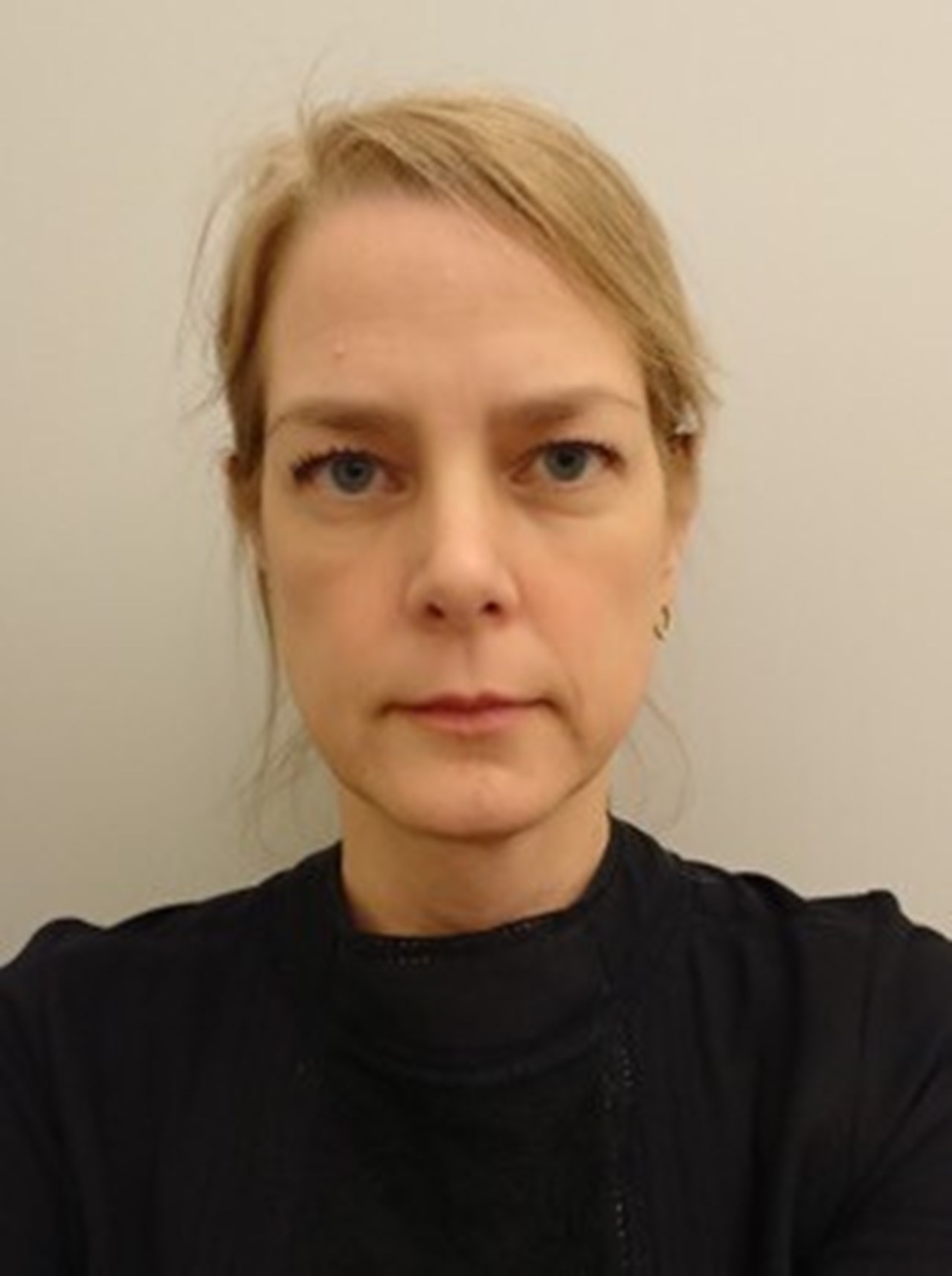
Bild
Researcher, Human Evolution, Department of Organismal Biology, Evolutionary Biology Centre, Uppsala University
DNA, migration and interaction in Stone Age Scandinavia
DNA, migration och interaktion under Skandinavisk stenålder
Abstract
During the last few years, archaeogenetic research has greatly contributed to our knowledge about migrations, contact and admixture between prehistoric human groups.
Here I will review what we have learnt this far about the people of Stone Age Scandinavia. In Mesolithic Europe, a pattern has been shown, where Eastern hunter-gatherers (EHG) and Western hunter-gatherers (WHG), are genetically differentiated.
These two groups met and admixed in Scandinavia (SHG). The archaeogenetic data gives us indications as to how Scandinavia was colonized and reveal specific adaptions to the environment. Farming came to Scandinavia 6,000 years ago, with the Funnel Beaker Culture (FBC), and was linked to early Neolithic farmers from Anatolia, that had admixed with resident foragers.
Partly overlapping in time with the FBC was one of the last major hunter-gatherer complexes, the Pitted Ware culture (PWC). The PWC people differed from FBC and trace most of their ancestry to Mesolithic foragers. Around 4,800 years ago, the herders of the distinct Battle Axe culture (BAC) appear in the archaeological record.
This group was part of the pan-European Corded Ware Culture (CWC) that harbored a new genetic component indicating a massive migration from the Steppe. Interestingly, lactose tolerance increases with these groups and not with the earlier Neolithic groups as previously thought.
This research field evolves rapidly and will no doubt provide an even more detailed picture of past societies in the future.
Curriculum vitae
Education
PhD in Evolutionary Biology, Uppsala University, 2003-2007
Biomedical Research School, Linköping University, 2002-2003
Master of Arts in Humanities/Archaeology, Stockholm University, 1994-2002
Positions
Researcher, aDNA in Malmström Lab, Uppsala University, 2018-ongoing
Researcher, aDNA in Jakobsson Lab, Uppsala University, 2012-ongoing
Postdoc, aDNA in Götherström Lab, Uppsala University, 2009-2010
Postdoc, aDNA in Willerslev Lab, Copenhagen University, 2007-2008
Bibliographic summary
28 peer-reviewed articles, of which 11 as first or joint first author
3 book chapters
Orcid ID: 0000-0002-6456-8055
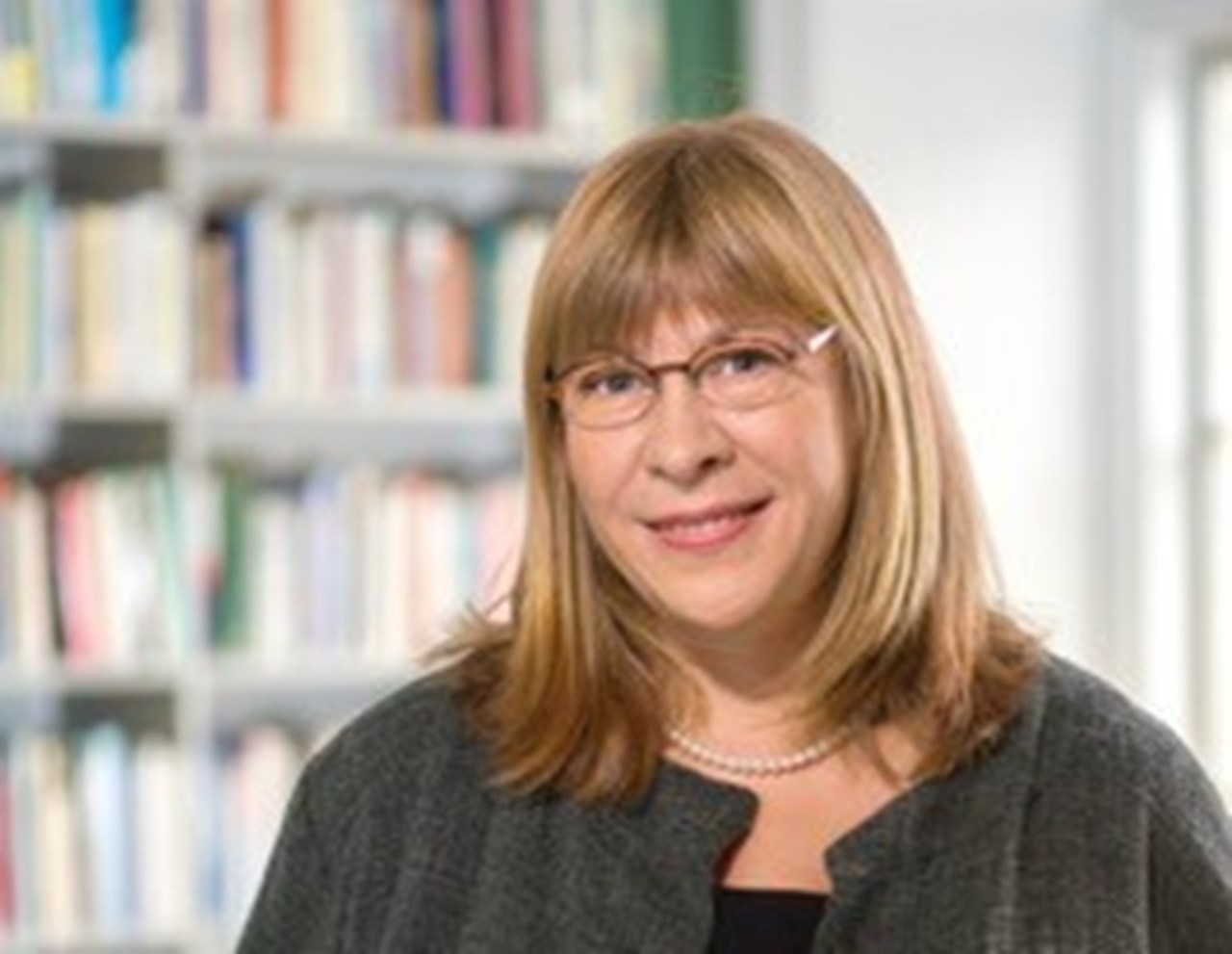
Bild
Professor of Baltic Linguistics, Stockholm University
Early Indo-European migrations – combing Ancient DNA, Archaeology, and Historical Linguistics
I indoeuropéernas spår – att kombinera förhistoriskt DNA, arkeologi och språkhistoria
Abstract
In the last few years, we have seen nothing short of a revolution in the study of ancient human DNA; we now have access to information about prehistoric humans that was unimaginable just a few years ago. With this new type of information, we are now able to pose completely new questions about prehistoric peoples and their languages.
One of the prehistoric events that had the biggest and most profound influence on our modern everyday lives was the spread of Indo-European languages throughout Europe and western Asia, beginning more than five millennia ago.
Because of that, half the world’s population today speak an Indo-European language such as English, German, Dutch, French, Spanish, Italian, Greek, Polish, Czech, Russian, Hindi and Persian. However, it is still an unsolved riddle how the spread of the Indo-European languages proceeded.
While it is admittedly true that genes, archaeology and language do not necessarily go hand-in-hand, the genetic and archaeological evidence for massive migrations into Asia and Europe must have had effects also on the linguistic geography. With this in mind, we can now attempt to correlate our linguistic data with the genetic and archaeological map of prehistoric migrations.
Instead of simply reconstructing one single ”Proto-Indo-European language”, as is traditionally done as part of the historical linguistic endeavor, we can now try to “break down” the disintegration of the Indo-European languages into different layers and view each stage in the development separately in order to be able to tie the linguistic subgroups to the movements of the actual peoples. It is time to set up a new model for the disintegration of the Indo-European languages.
Curriculum vitae
Jenny Larsson earned her PhD from the University of Copenhagen in 2004 and was subsequently awarded a research grant by the Carlsberg Foundation. During this period she was a visiting researcher at the Friedrich-Alexander-Universität Erlangen-Nürnberg and the Ludwig-Maximilians-Universität München. She has also been a visiting scholar at the University of Cambridge, and a research fellow at the Swedish Collegium for Advanced study.
Larsson has also been awarded a research grant within the Elite Research Initiative by the Danish Council for Independent Research, allowing her to focus on historical word-forming processes in the Baltic languages. She was also a researcher at the University of Copenhagen’s interdisciplinary research centre Roots of Europe – Language, Culture and Migrations. She is currently Professor of Baltic Linguistics at Stockholm University.
Larsson is the former president of the Young Academy of Sweden. She has been awarded the Young Elite Researcher Award by the Independent Research Fund Denmark, the Young Leaders Fellowship by the Sasakawa Foundation, the Award for Excellence by the FAIES association at the University of California, Los Angeles, and the University of Copenhagen Gold Medal for her prize dissertation. She is a member of the board of the Foundation for Baltic and East European Studies.
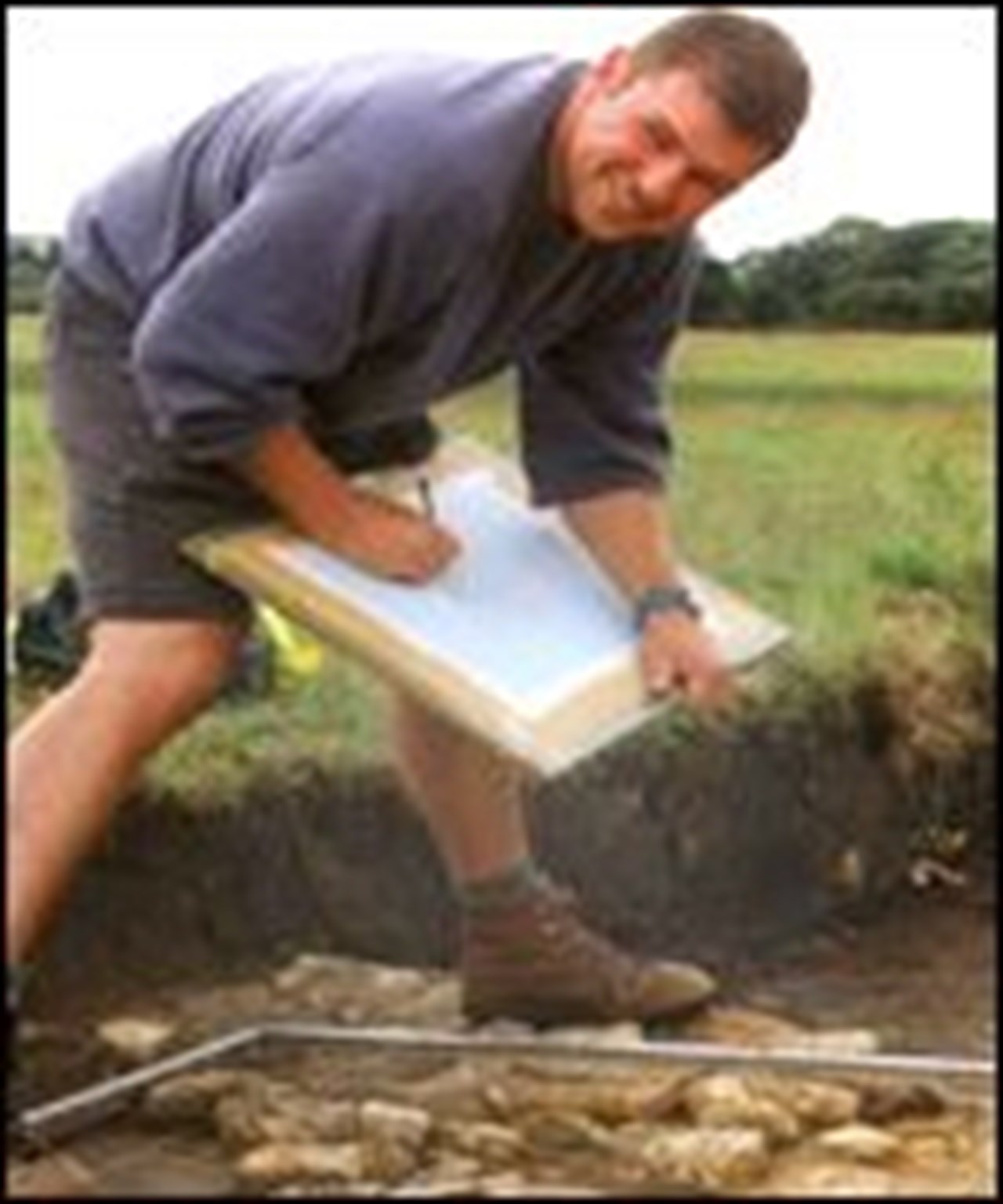
Malcolm Lillie, professor, arkeologi
BildPrivatProfessor, FSA, FRGS, FHEA, Professor of Archaeology at the Department of Historical, Philosophical and Religious Studies, Umea University
The Genetics of Violence
Abstract
In this talk Malcolm will discuss the evidence for violence in Prehistoric Ukraine from ca. 10,200-3000calBC.
The focus of the analysis is on the skeletal evidence from the fisher-hunter-gatherer populations of the Dnieper Rapids region of Ukraine and the Trypillia farmer population interred at Verteba cave.
New dna analysis is helping us to refine the culture-history trajectories of these groups, offering new insights into population dynamics and the origins of the populations of Ukraine across ca. 7000 years of cultural development.
Curriculum vitae
Malcolm Lillie has studied the populations of the Dnieper Rapids of Ukraine since undertaking PhD research at the university of Sheffield between 1992-1998.
Across the past 27 years Malcolm has developed an integrated dating, dietary isotope and palaeopathology programme studying human remains from Ukraine.
More recently, working with colleagues in the USA (Harvard and GVSU) these studies have integrated dna analysis into the study of the prehistoric populations of Ukraine. Currently, Malcolm holds a full professorship in Archaeology, Umeå University.
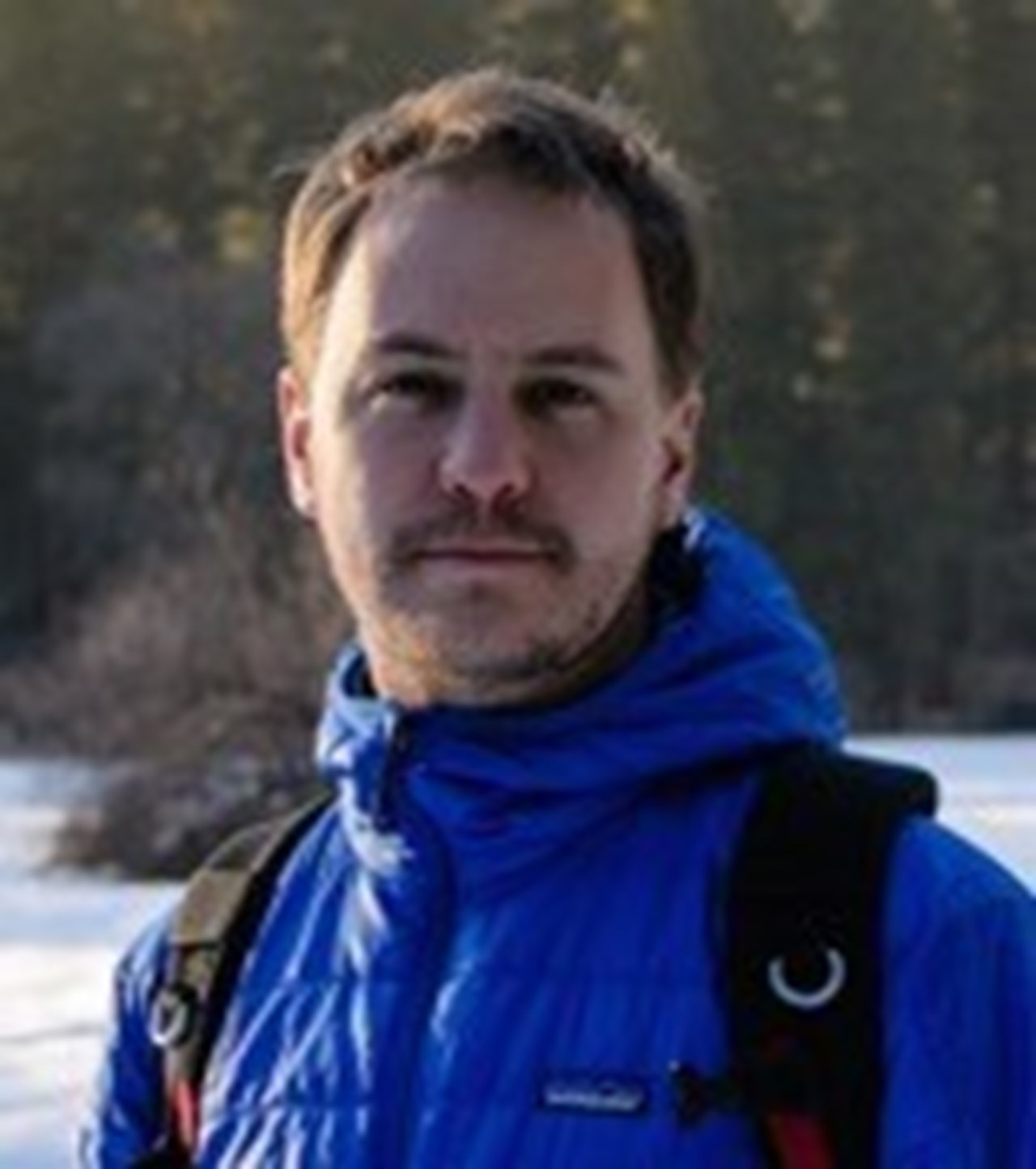
Bild
Associate Professor, Center for GeoGenetics, University of Copenhagen, Denmark
The population history of northeastern Siberia since the Pleistocene
Abstract
Northeastern Siberia has been inhabited by humans for more than 40,000 years, yet its deep population history remains poorly understood. I will present our recent work on investigating the region’s late Pleistocene population history through analyses of ancient genomes from 31,000 to 600 years ago.
We document complex population dynamics during this period, including at least three major migration events: an initial peopling by a previously unknown Palaeolithic population of “Ancient North Siberians”, distantly related to early West Eurasian hunter-gatherers; the arrival of East Asian peoples giving rise to Native Americans and “Ancient Paleosiberians”, closely related to contemporary communities from far northeastern Siberia such as Koryaks; and a Holocene migration of East Asian peoples, named “Neosiberians”, from which many contemporary Siberians descend.
Each of these population expansions nearly replaced earlier inhabitants, ultimately generating the mosaic genetic make-up observed in contemporary peoples inhabiting a vast area across northern Eurasia and the Americas.
Curriculum vitae
Web of Science metrics:
Total number of publications 55
Total number of citations 2042
Average citations per article 40.04
h-index 21
Education
2010/06 PhD in Genetics, International PhD Program in Basic Biomedical Research. Universitat Pompeu Fabra, Evolutionary Biology Unit, Barcelona, Spain.
Advisors: Jaume Bertranpetit, Ferran Casals
2004/11 Diplom-Ingenieur in Food Science and Biotechnology (equivalent to MSc)Universität für Bodenkultur, Vienna, Austria
Employment history
2014 – present Associate Professor, University of Copenhagen, Center for GeoGenetics, Copenhagen, Denmark.
2010 – 2014 Postdoctoral Scholar
Stanford University, Department of Genetics, Stanford, USA
Advisor: Carlos D Bustamante
Academic awards and honours
2015
Runner up for Breakthrough of the Year, Science magazine.
The ancestry and affiliations of Kennewick Man.
Research prize, 2nd Shanghai Archaeology Forum.
Population genomics of Bronze Age Eurasia.
2013-2014
Erwin Schrödinger Postdoctoral Fellowship
Austrian Science Fund (FWF)
2006-2010
PhD fellowship, Programa Nacional de Formación de Profesorado Universitario, Ministerio de Educación, Spain
Research interests
My research is focused on using genomic data to investigate fundamental questions in evolutionary biology. I am particularly interested in the question of what we can learn about the evolutionary history of a population and/or species from patterns of genomic variation.
In order to achieve this goal, my work focuses on computational and statistical modeling of large-scale genomics datasets, combining both present-day and ancient DNA data.
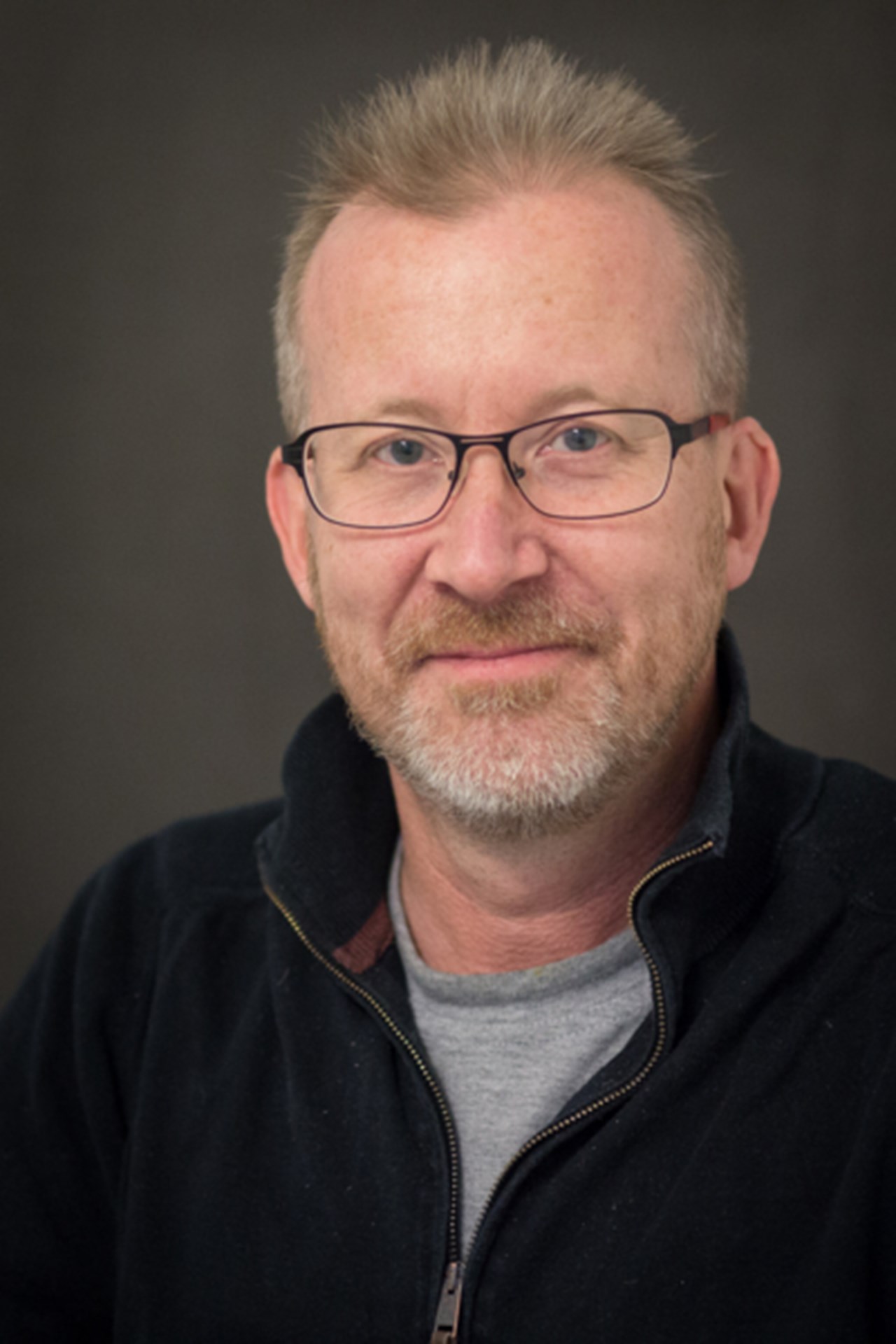
BildUlrika Bergfors Kriström
Kommer att vara en av deltagarna vid panelsamtalet.
Curiculum vitae
Linderholm received a PhD in Environmental Archaeology at Umeå University and a BAC in Chemistry.
His research has been focused on the use of soils and sediments in archaeological research.
Currently, he is doing research applying different spectroscopic techniques to a variety of archaeological problem areas.
He is presently working as a senior lecturer/associate professor in Environmental Archaeology and with consultancy research at the Environmental Archaeology laboratory, Umeå University.
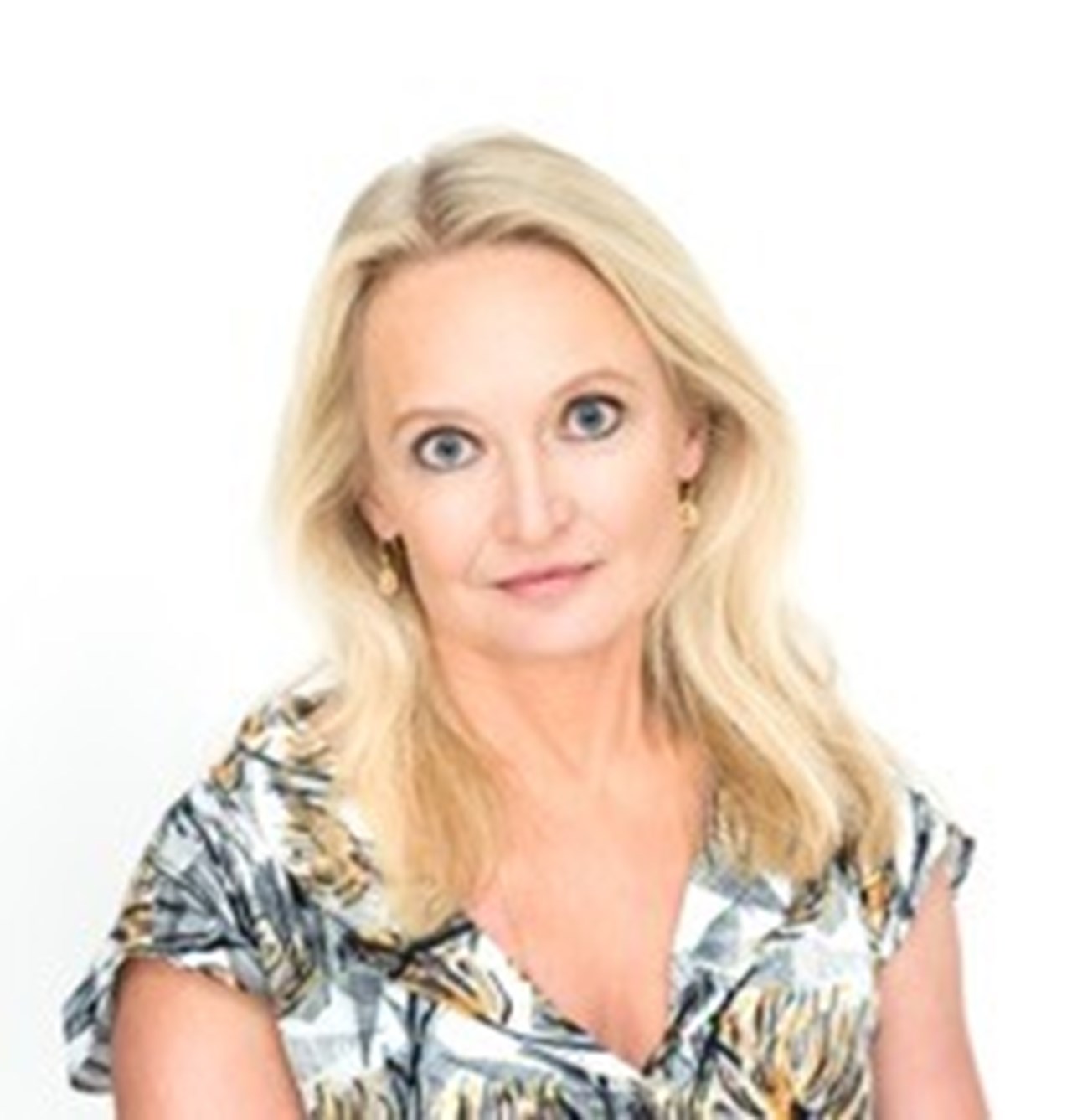
Bild
Vetenskapsjournalist, hedersdoktor vid Stockholms universitet och vinnare av Augustpriset 2015.
Att knyta ihop amatörer och proffs
DNA revolutionerar både allmänhetens släktforskning och den professionella paleontologin, arkeologin och kriminaltekniken. Samtidigt öppnar tekniken nya möjligheter att sprida kunskap om frontforskarnas verksamhet till den breda allmänheten. Och vice versa.
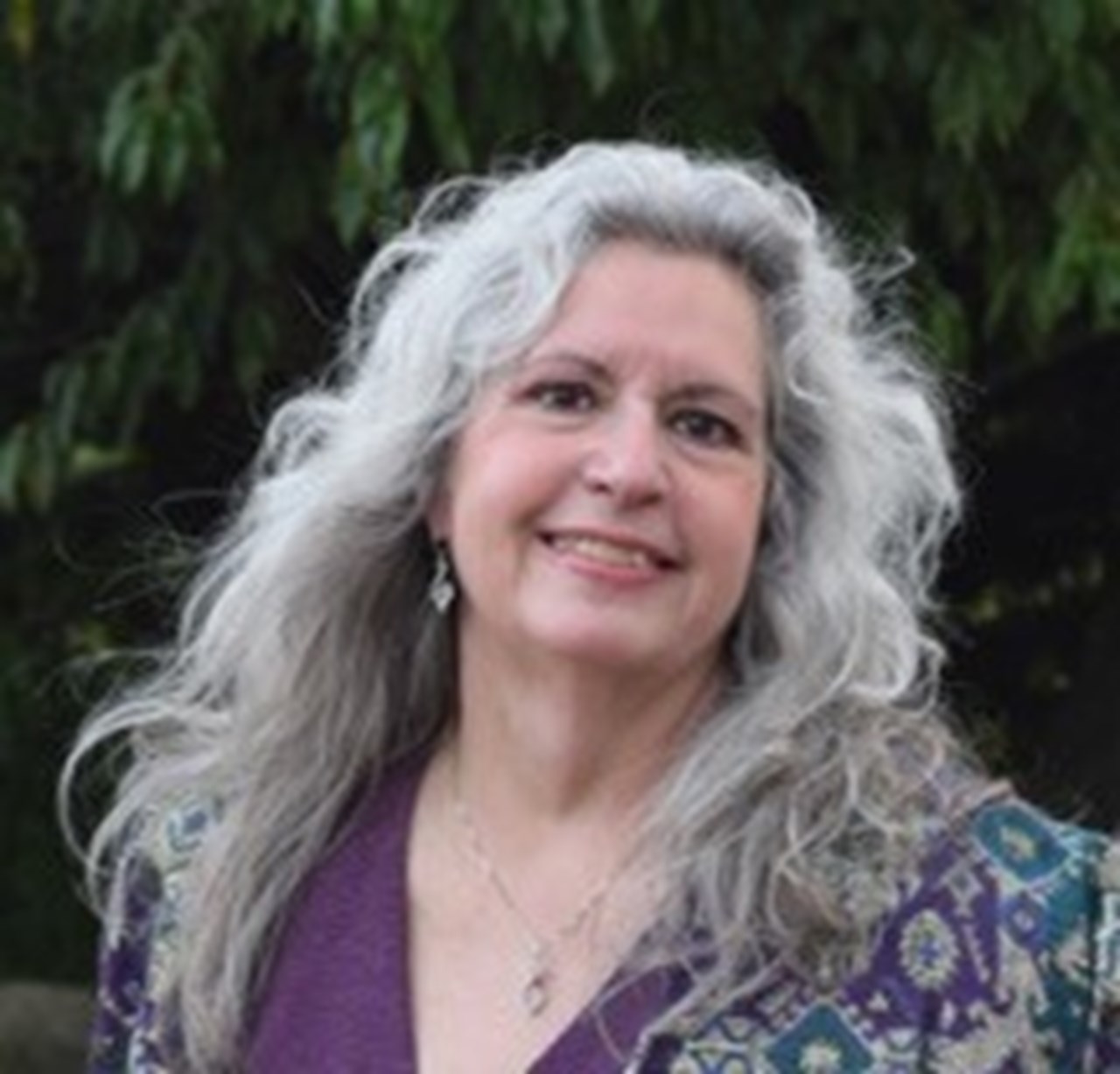
Bild
Bloggare inom genetisk geneaologi, Michigan, USA
The power and future of genetic genealogy
The world’s most well known blogger on genetic genealogy, for the first time on stage in Sweden! Roberta will elaborate on the many powers of genetic genealogy and make a forecast for the future.
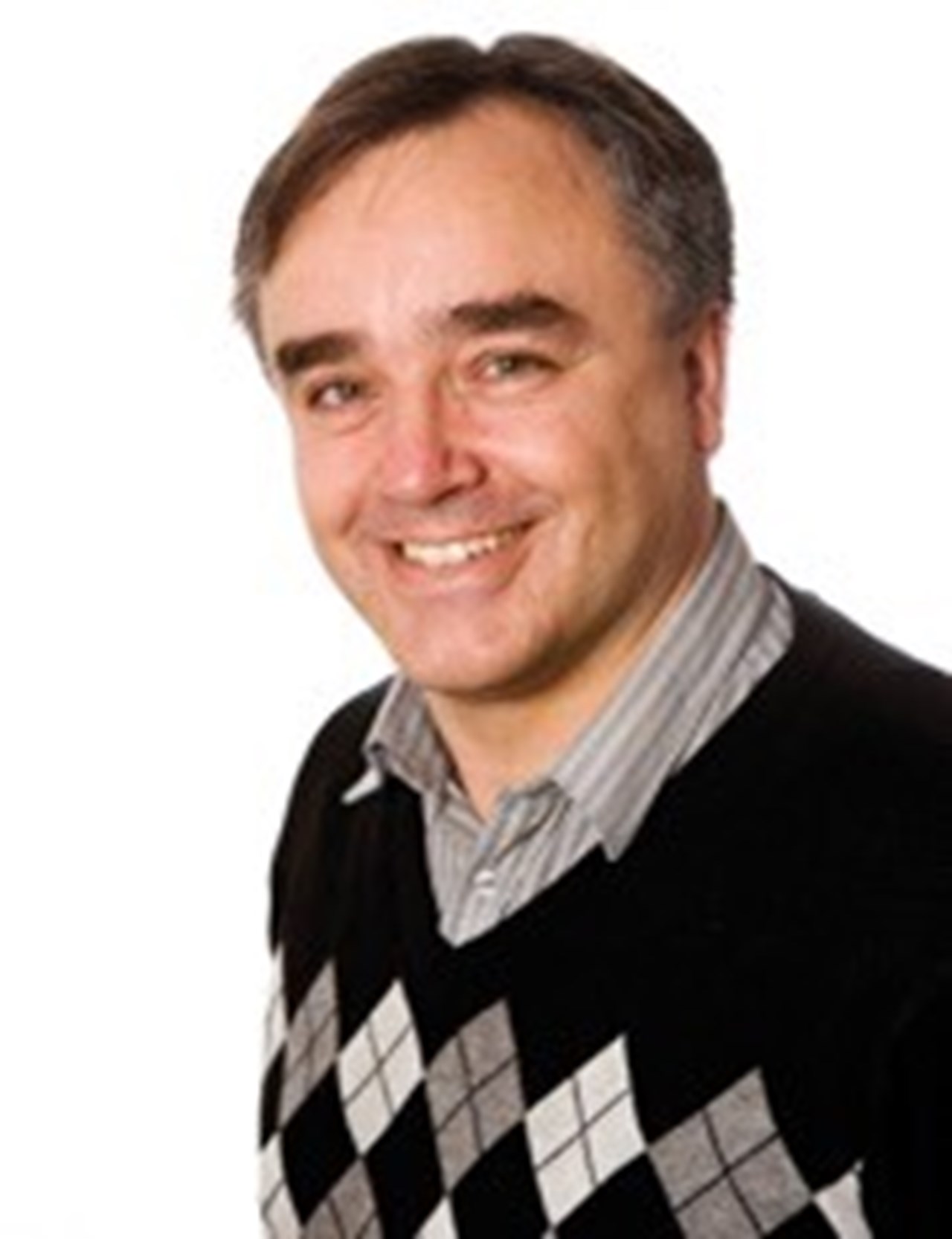
Bild
Gjerdrum, Norge
Skogfinskt DNA - genealogi och migration
Historisk bakgrund för den skogsfinska migrationen. Vad DNA-projektet och unika papperskällor berättar om överflyttningen från Finland. De skogfinska Y-kromosomerna och exempel på bekräftelse av traditionella genealogier med hjälp av DNA.
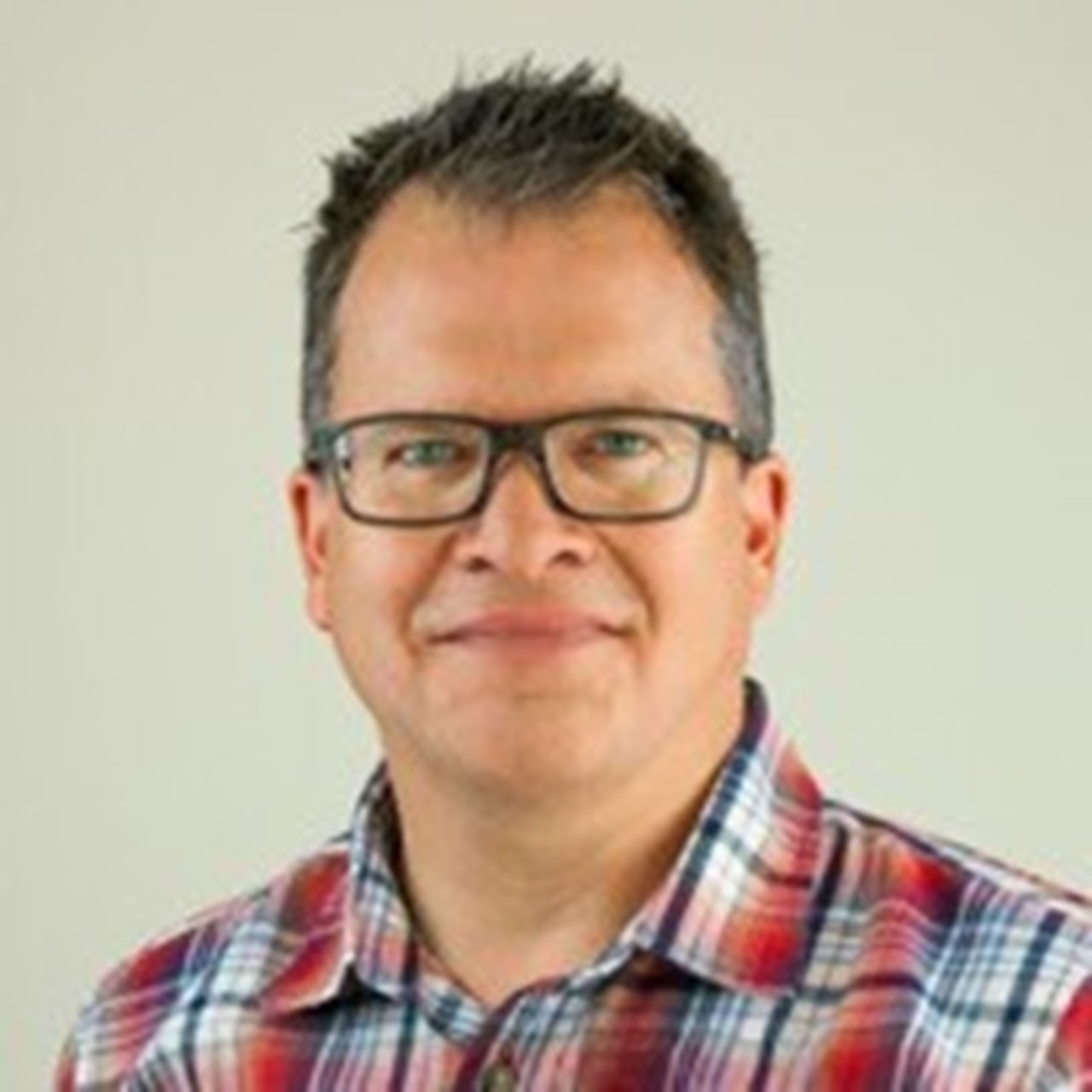
Bild
Härnösand
Vad DNA berättar om den samiska befolkningens djupa ursprung
Hur modern DNA-släktforskning kunnat kasta ljus över den samiska befolkningens djupa ursprung och visat att 1900-talets rasbiologi bara var ovetenskapligt trams.
DNA-kartläggning av den (ö)kända Buresläkten från medeltiden
Buresläkten, med rötter i norra Västerbotten, är Sveriges mest kända släkt från medeltiden. Det är också en släkt som fått sin historia ”förbättrad” genom olika påhitt om storstilat ursprung från riddare och runstenar. Genom ett världsunikt DNA-projekt har nu visats vad som är sant och inte i Buresläktens historia.
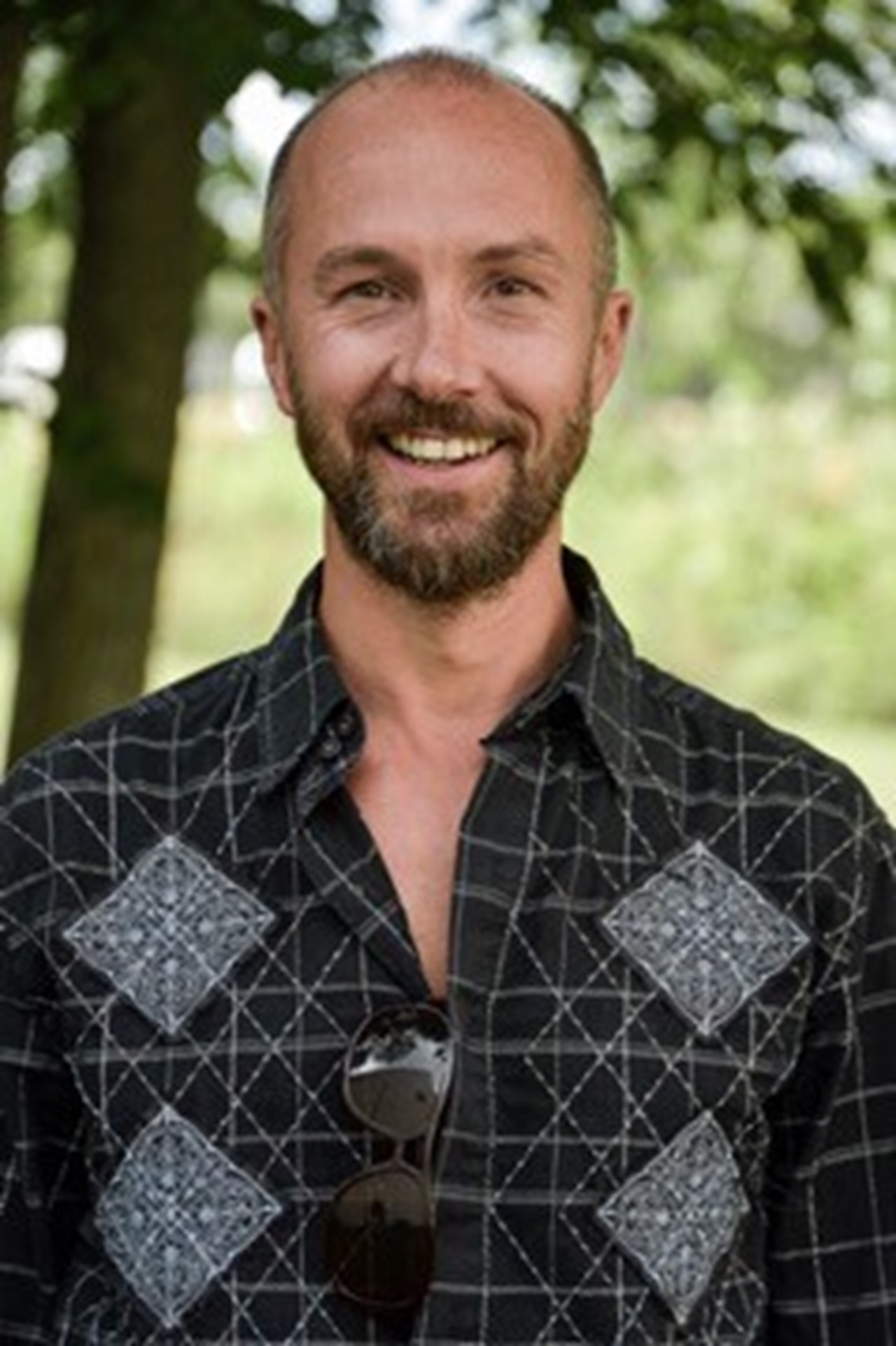
Bild
Skådespelare, manusförfattare och regissör
Min släktresa i Sameland med stopp i Kanada
Skådespelaren Olle Sarri har redan som liten fått höra anekdoter om sin farfars mor, den barska same-kvinnan Helena (Lena) Sarri. I övrigt har han knappt vetat något om sin samiska släkt, förrän i fjol, då SVT följde med honom runt på en kafferep-roadmovie-TVserie i Sápmi.
En gren av Olles släktträd tog dock Helena med sig i graven, som hon svurit att aldrig berätta om. Så där kan han aldrig komma vidare. Eller kan DNA-forskningen hjälpa honom? Det kommer att avslöjas under konferensen.
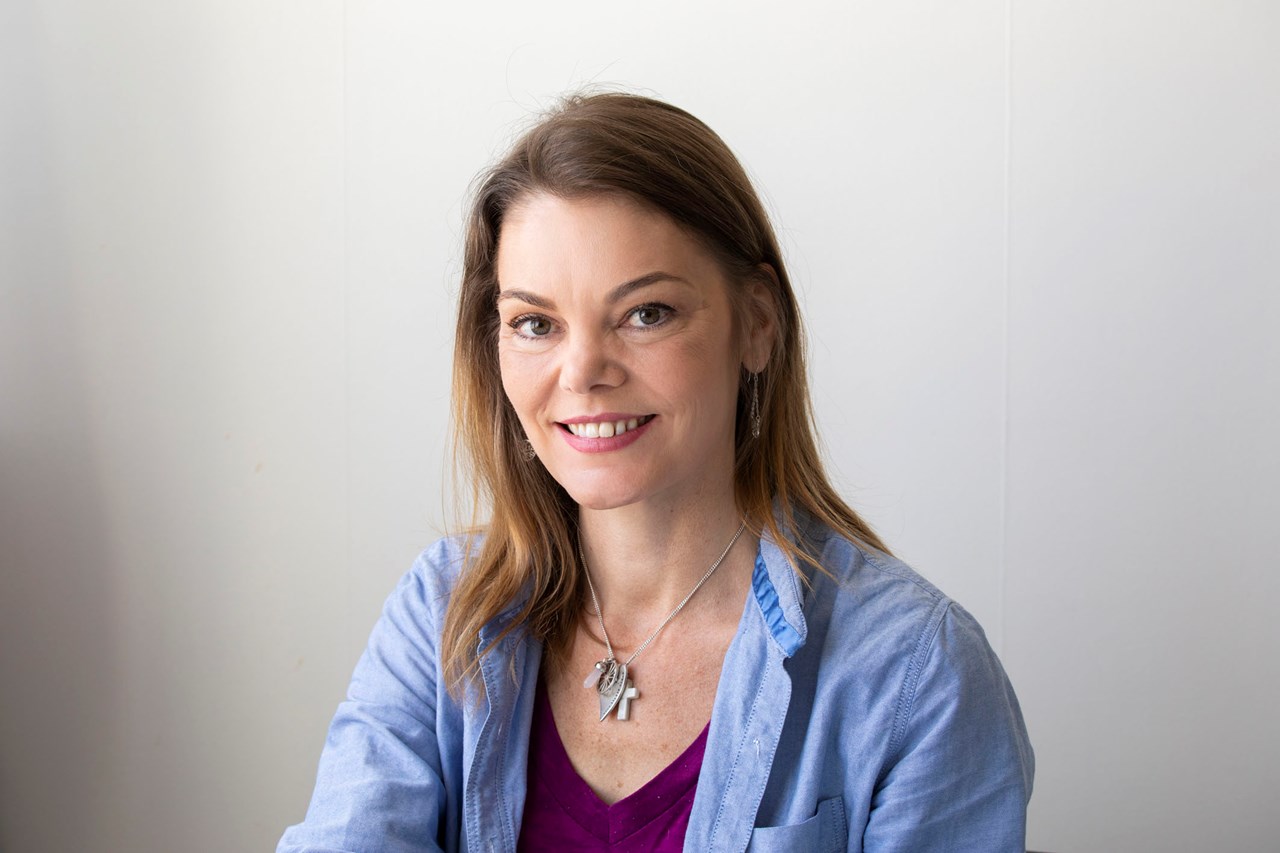
Bild
Släktforskare, fotograf och lärare i Gävle
Hur jag blev 50-procentig rom
Ett DNA-test öppnade dörren till Sandras okända ursprung och gjorde henne till en del av en minoritet. Sandra berättar om hur resandesläkter idag går från skam till stolthet inför sitt ursprung och sin historia.
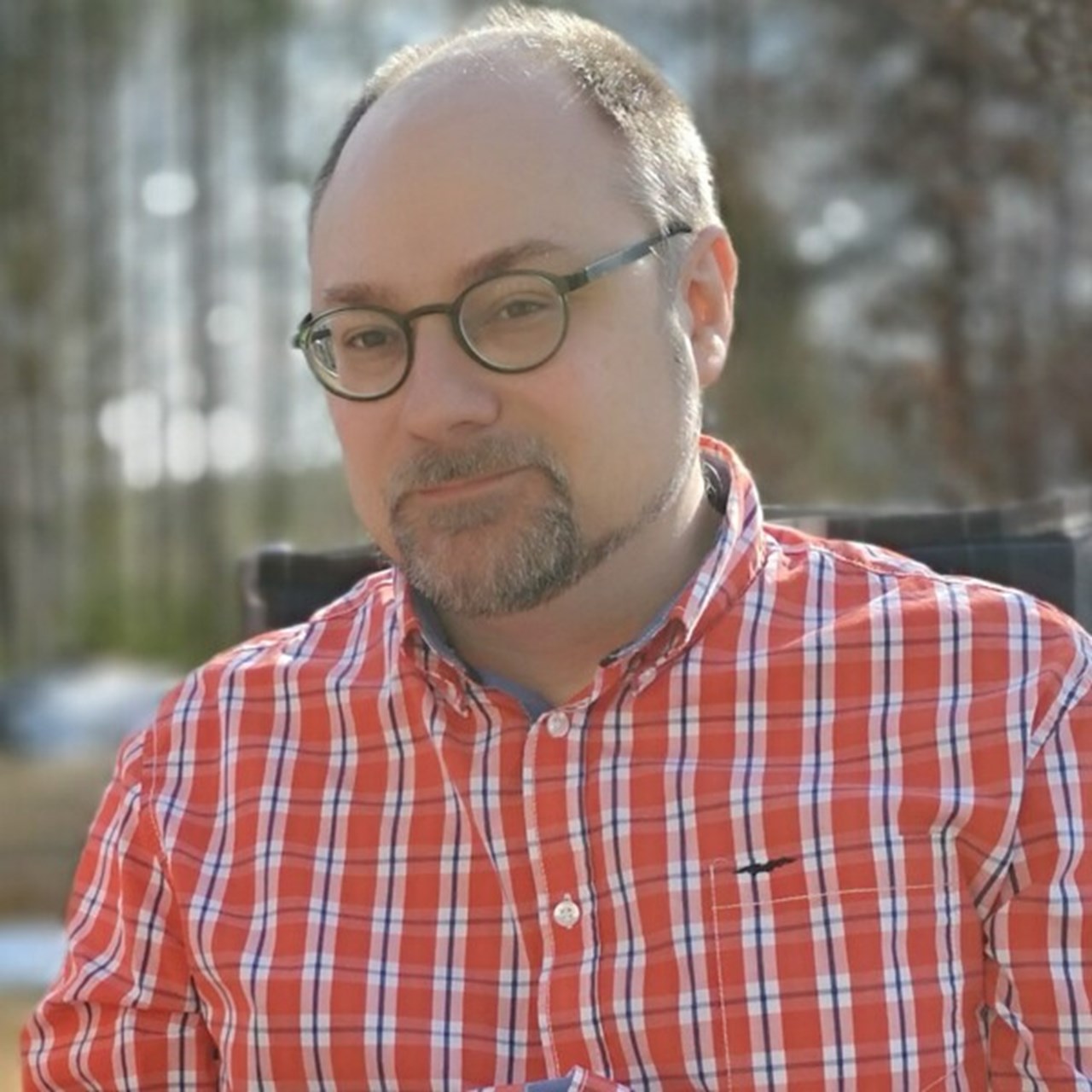
Bild
Släktforskare och arkivarie vid Umeå stadsarkiv
Hur mina kusiner blev mina syskon
En personlig berättelse om hur ett DNA-test kan ge helt oanade konsekvenser och hur man kan hantera detta om det händer.
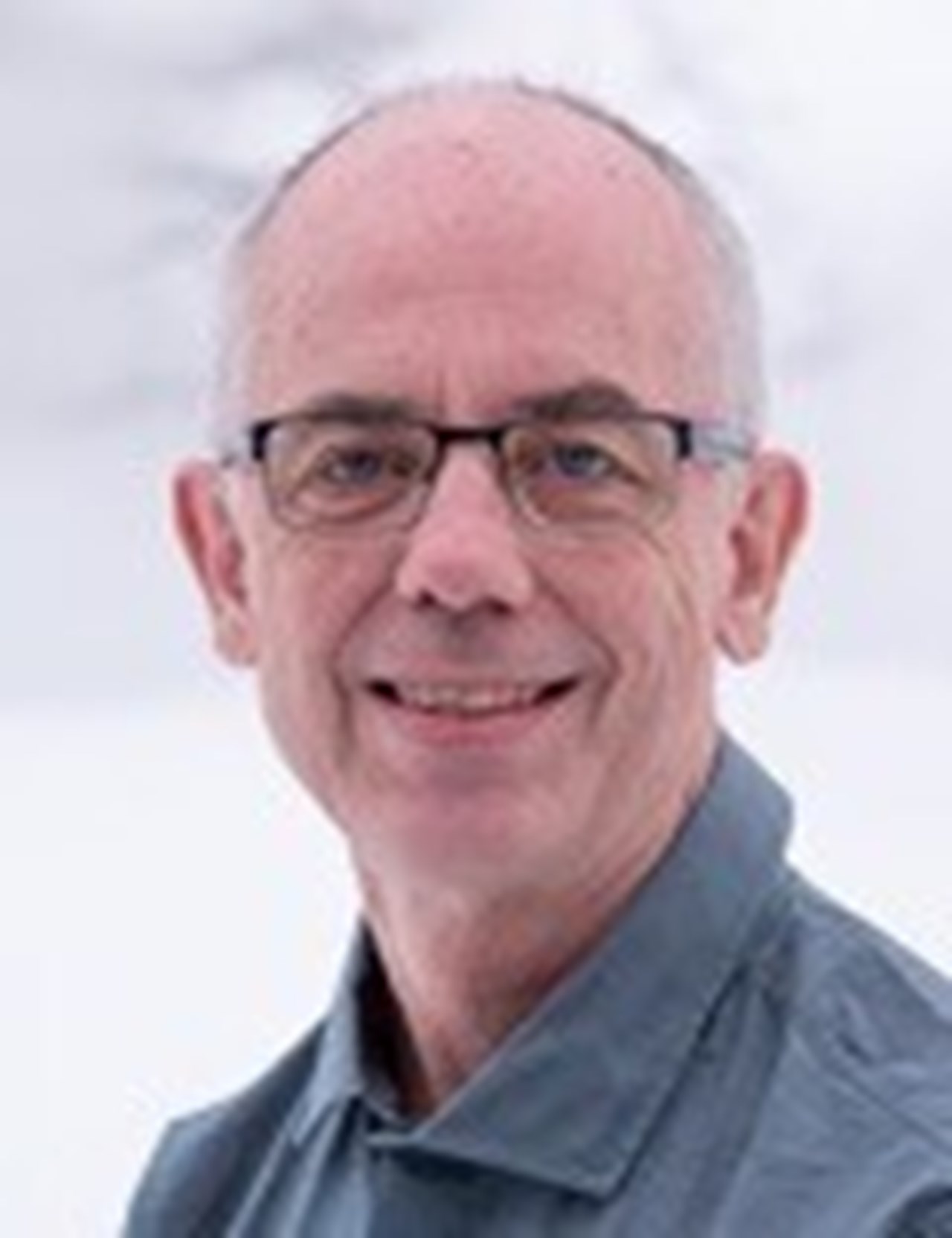
Bild
Civilingenjör, Örnsköldsvik
Y-DNA för undersökning av historiska släktskap
Bekräftelse och dementi av agnatiska släktlinjer med DNA. Hur går man till väga, vad är möjligt och vilka är begränsningarna. Metoderna exemplifieras med undersökningar av några skandinaviska medeltidssläkter.
Curriculum vitae
Jakob Norstedt, utbildad civilingenjör inom datateknik, tillämpar ett vetenskapligt synsätt där DNA ses som en primärkälla bland andra vars trovärdighet skall värderas från fall till fall. Han har publicerat artiklar om bl.a. Y-DNA för bergfrälsesläkter och den udda skandinaviska Y-haplogruppen Q-L804.
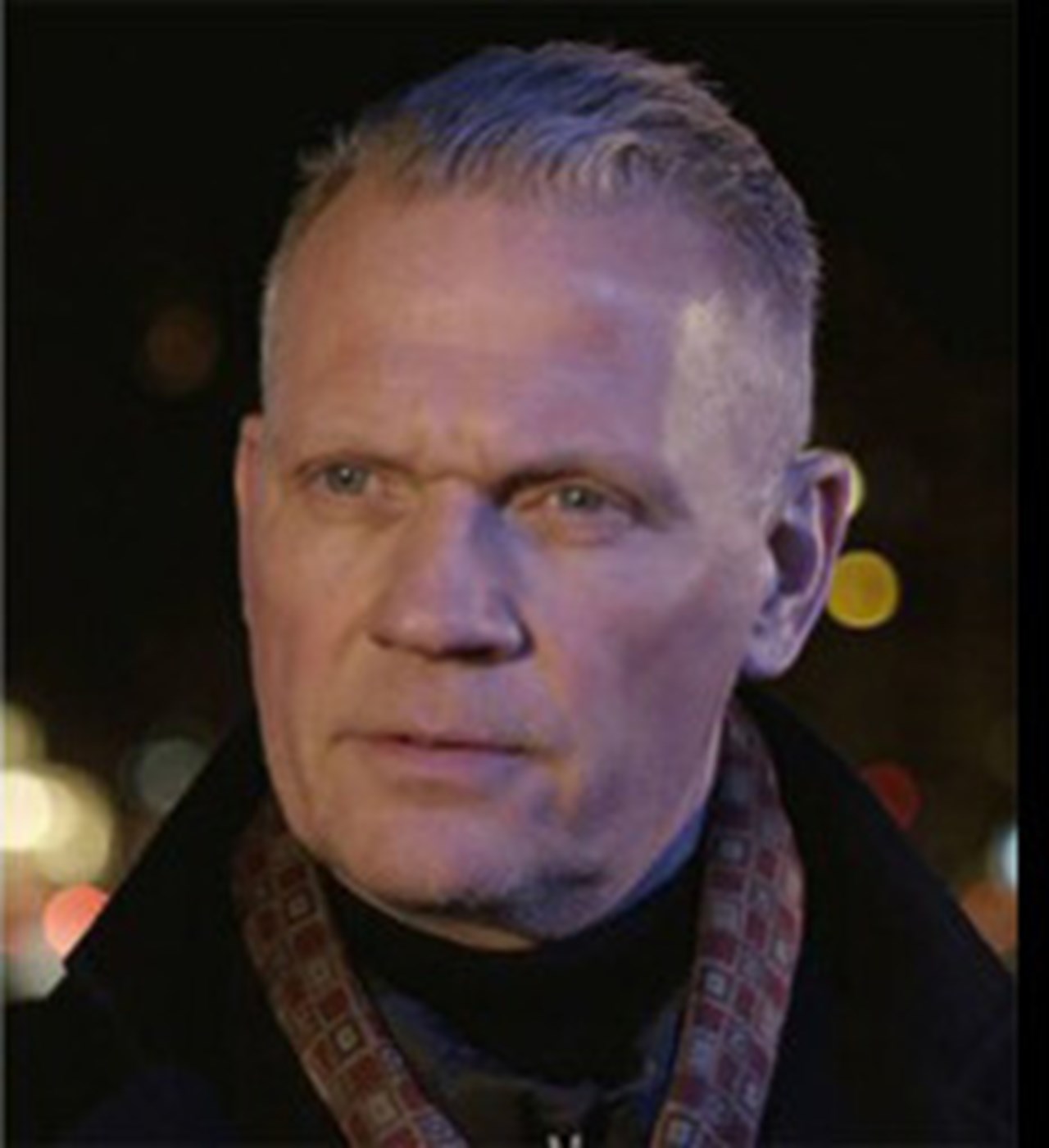
Bild
Kriminalkommissarie, Chef kalla fall-gruppen, Utredningsenheten, Polisregion Syd, Malmö
Forensisk genealogi – att klara upp brott med DNA-släktforskning
Bo berättar om bakgrunden till polisens kalla fall-verksamhet, om framgångsfaktorer i grova brottsutredningar och om DNA, dess roll och komplikationer i mordutredningar